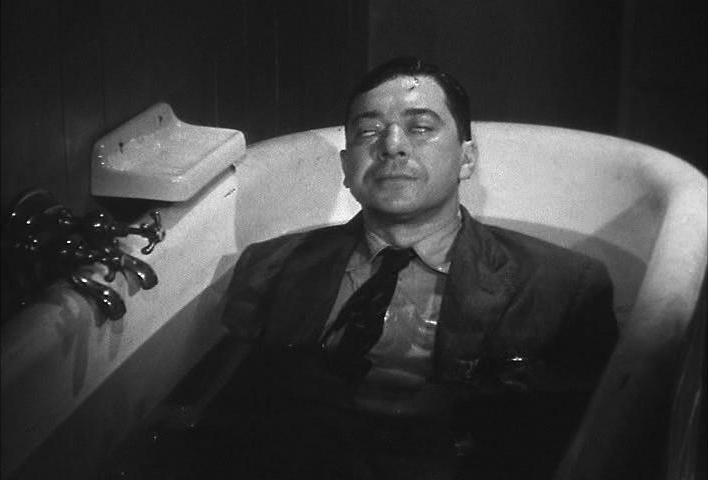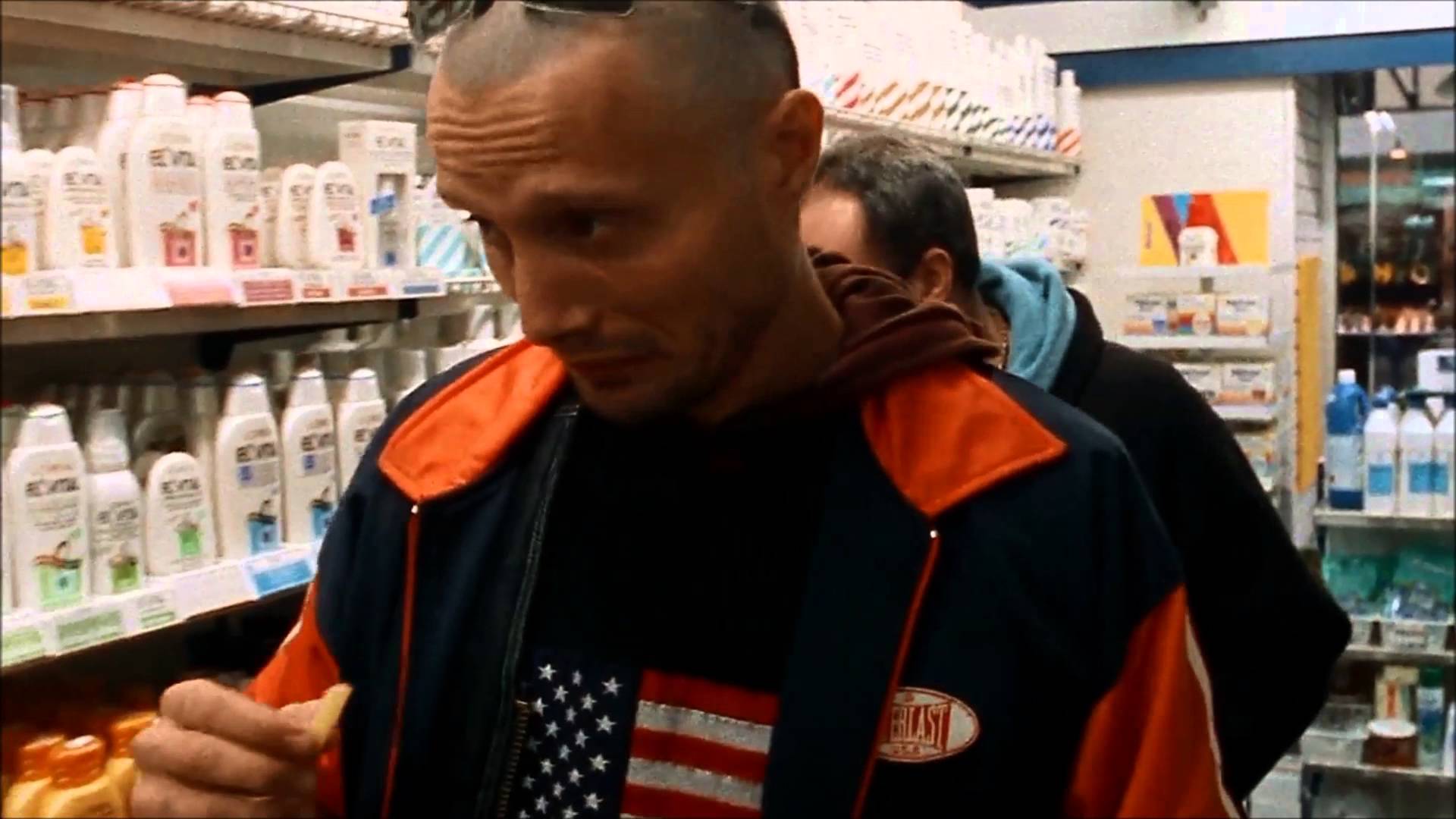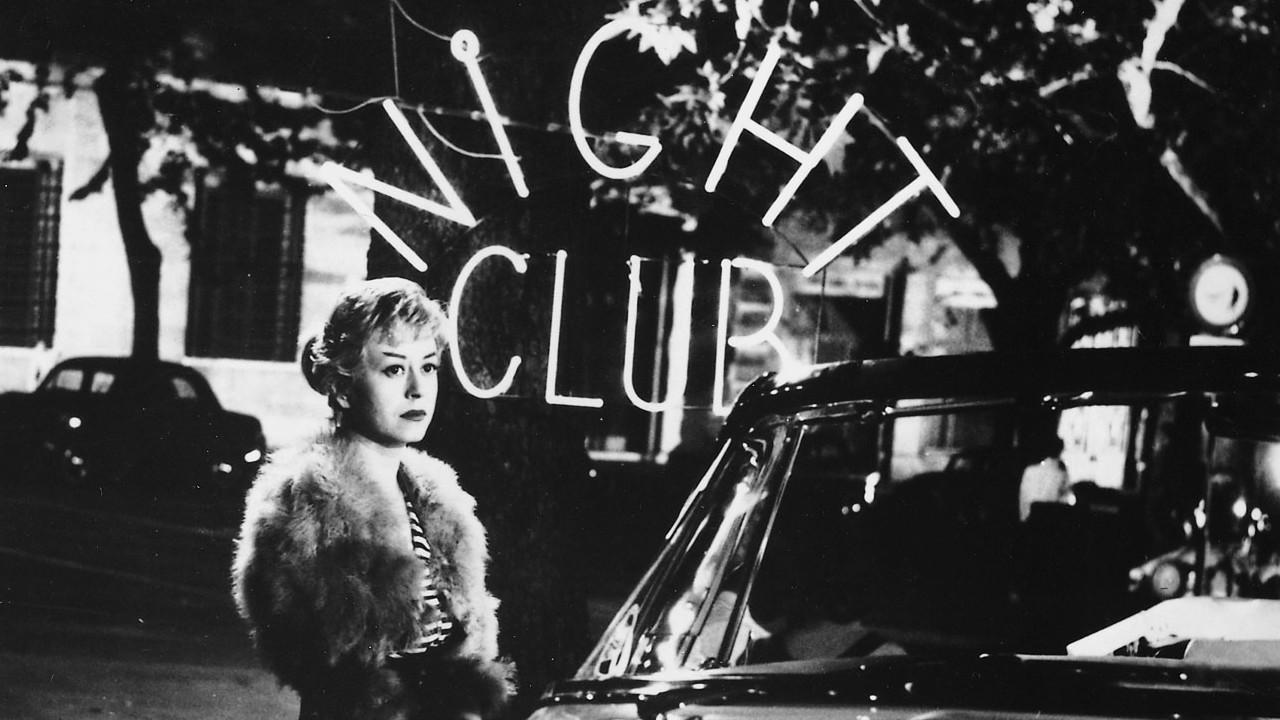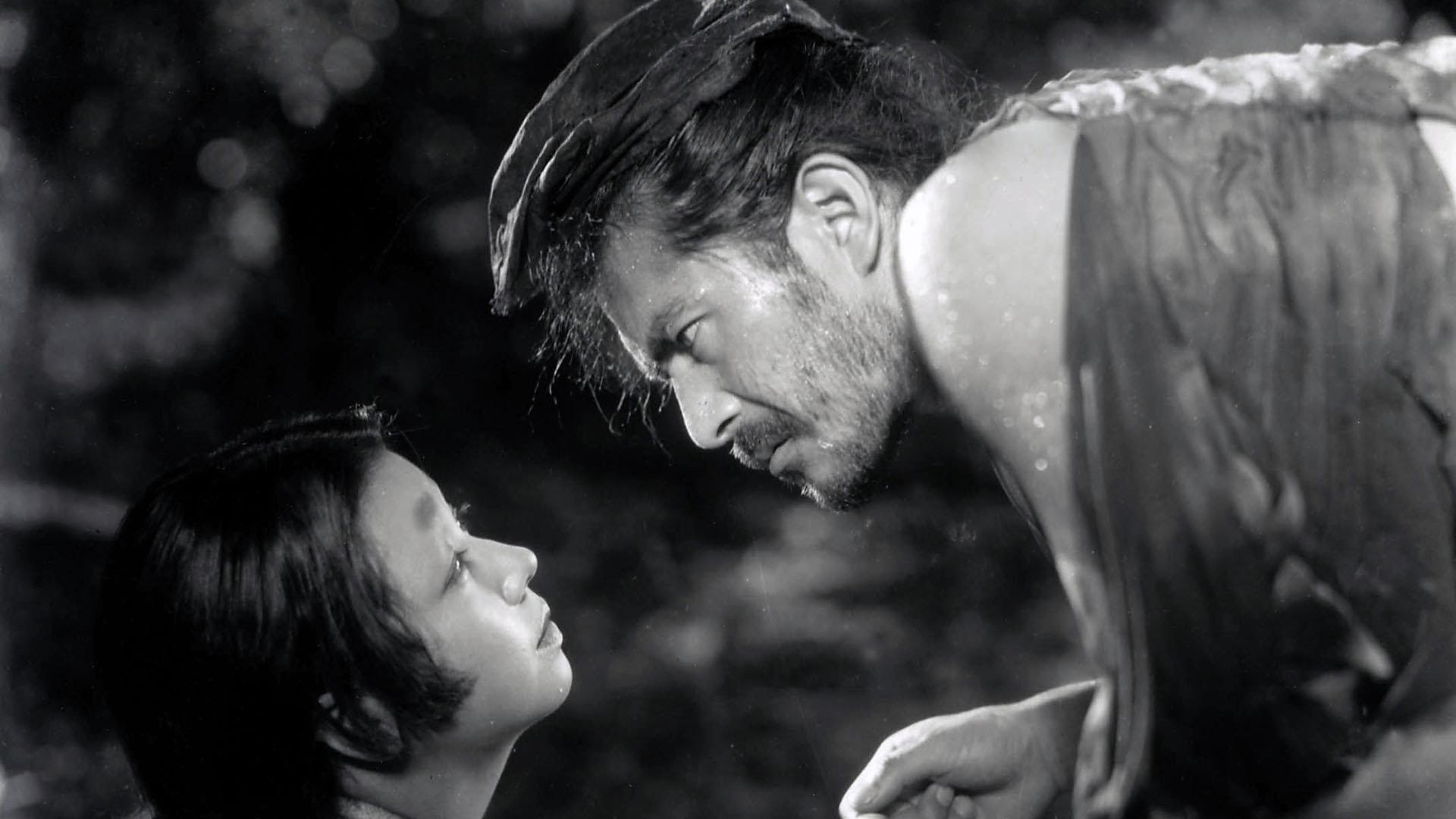5. Les Diaboliques (1955) – Diabolique (1996)

One of Henri-Georges Clouzot’s best films, Les Diaboliques in a not only a superb psychological thriller, but a film with an interesting backstory. The French director beat Alfred Hitchcock by just a few hours in securing the option for the screenplay, leaving audiences wondering how different would the film have been otherwise. It took more than 40 years for us to see an American adaptation of the Pierre Boileau-Thomas Narcejac novel, and the result was utterly disappointing.
The story follows two women in their attempt to murder a tyrannical boarding school principal. Clouzot’s version is a beguiling mystery constantly alluding to the paranormal, only to subvert our expectations with a well-crafted, grounded conclusion.
Although not adhering to a lot of the French New Wave style of storytelling, Les Diaboliques undoubtedly makes use of some of its core ideas and blends film noir elements to create a unique film whose essence is hard to imitate. However, that did not stop Hollywood from trying.
Jeremiah Chechik’s Diabolique tried to stay true to the source material for the most part but the eerie atmosphere we came to love is nowhere to be found. A very traditional style of filmmaking renders the first two acts tedious at best and the subpar performances only add to the disappointment.
As bad as this sounds, it does not compare to the unexpected departure from Clouzot’s version in the final act. The remake opts for a typical Hollywood ending, having Christina (Mia) survive the heart attack and have the two women struggle with Michel (Guy) until they manage to drown him.
Hollywood’s obsession with happy endings once again prevented viewers from experiencing a story with a dark conclusion and deprives them of a thought-provoking film by having everything neatly resolved before the end credits start rolling.
4. 8 ½ (1953) – Nine (2009)

Fellini released 8½ in perhaps the best period of his career. The Italian director was in that sweet spot between amassing enough experience and retaining a fresh look on filmmaking which brought out some of his best work. A dazed tale of a filmmaker’s plight to create his next masterpiece, 8½ makes you look under the hood of how a movie is created whilst taking you on a retrospective journey through Guido’s life.
Contemporary Italian society is placed under Fellini’s microscope, where religion, sexism, love, sexuality and human vanity are explored through the eyes of a brilliant egomaniac. The film introduces viewers to the man every male wants to become; handsome, intelligent, suave, successful and widely respected, only to exhibit how flawed he is to his very core.
Fellini expertly constructs numerous analogies within the story with the most poignant one being the set built for Guido’s movie. An expensive and grandiose fabrication, talked about throughout the film that is ultimately left unused. Guido’s image is mirrored perfectly in this and the final scene shows the set taken down along with the director’s perception of himself. His introspective odyssey reaches its end and the credits roll.
It took almost half a century for someone to dare recreate Fellini’s masterpiece in a task that was bound to begin with a major handicap. However, Rob Masrhall’s Nine managed to show it was a very serious endeavor with its magnificent casting; Daniel Day-Lewis in the role of Guido seemed like an ideal choice to replace Marcello Mastroianni and when such talented actresses like Marion Cotillard, Penélope Cruz, Judi Dench, Nicole Kidman and Sophia Lauren were announced, everyone knew that this was a golden opportunity to do justice to the original. Unfortunately, it was Marshall’s decision to remake 8½ as a musical and his insistence on talking down to audiences that came to be Nine’s downfall.
Time and again, as soon as Nine manages to draw you in the story, a song will come to interrupt the flow and jerk you out of the moments it builds. While Fellini organically introduces subtle meta moments in regards to filmmaking, Marshall makes sure to point out in no uncertain terms that this is a movie. The ten songs are evenly distributed throughout the run time, with every major character getting a song of her own, except for Cotillard and Day-Lewis who get two.
The sheer formulaic route followed would be enough to claim that the remake completely misunderstood the point of 8½. Alas, Nine takes things one step (or rather half a step) further with the needless exposition it offers through the lyrics.
Nothing is left for the viewers to interpret and even the most obvious developments are explicitly explained to make sure nobody will miss a beat. This flies in the face of Fellini’s multilayered story-telling by turning a thought-provoking film into an exercise in style.
The final hubris of Nine is the unfortunate decision to omit certain iconic scenes in favor of saving time for its musical parts. Perhaps the biggest omission is the 13 minute sequence that takes place in Guido’s head and involves all the women in his life. A brilliant scene which introduces you to the protagonist’s fantasies and exposes his shallow view of the female sex.
Nine had all the prerequisites to be a successful adaptation of an iconic film, but it failed to escape a series of unfortunate decisions which make it a much poorer film.
3. Pusher (1996) – Pusher (2012)

Nicolas Winding Refn started his career in filmmaking in the mid-90s with an intense crime film focused on drug trafficking. Transporting viewers in the underbelly of Copenhagen, Pusher is raw, discomforting and refuses to pull back any punches. It almost feels like something Guy Ritchie would make if he was in no mood to joke around, though of course Pusher predates the British director.
Refn’s debut helps viewers identify with a protagonist facing an impossible situation as twists of fate make Frank spiral out of control and destroy the world around him just to stay afloat. Exceptional performances from Kim Bodnia and Mads Mikkelsen, as well as the incredibly unsettling and unpredictable villain that is Milo, make the experience realistic and Frank’s increasing angst palpable throughout the film. We wouldn’t know it for another 8 years, but the open-ended conclusion would lead to two more equally enjoyable films by the Dane director.
Contrary to expectations, the story did not end with the conclusion of the third installment. In 2012 a remake of the first film was released under the same title and (although primarily a British production) gave Pusher the dubious honor of entering this list. To its credit, the remake doesn’t deviate from the source material in regards to the plot. It does however attempt to refine some details of the story, almost romanticizing parts of it.
During this process, the remake loses the edge the original had, which was a big part of what set it apart from other films of the genre. In the remake, Frank is less abusive with everyone around him and his interactions with the rest of the characters. He is portrayed as a less self-centered individual, one you might even be inclined to feel sorry for when Flo abandons him in the final sequence.
Another point of departure from the source is that Prieto’s version changes the visually grim look of Refn’s vision and replaces it with a more flashy, neon perspective, making Pusher look more like Drive, a Refn film that was incidentally released the previous year. Prieto tries to add some style by experimenting in the editing room and it shows, perhaps even more often than it should.
2. Le Notti di Cabiria (1957) – Sweet Charity (1969)

The second Fellini film to find its way in this list, the treatment Nights of Cabiria received across the Atlantic seems eerily similar to the fate 8½ would come to know decades later. Bearing a number of the typical signs of post-war Italian Neorealism, Nights of Cabiria is in its core a film about hope.
Cabiria is a hardened and proud woman. She is a prostitute living in the slums, but is boasting that she owns her own home. A woman which takes life’s blows with her head held high and after every misfortune she is still willing to believe in a better future.
In her cosmos that is the pursuit of true love and a life that will take her away from the streets. She searches for this in the faces of Giorgio, Alberto and Oscar, however none of them are part of Cabiria’s real story. They are merely different incarnations of her inherent need for someone to depend on. A hopeless romantic wrapped in an illusory shell of cynicism, Cabiria’s transcends contemporary restraints, reflecting the walls we build around us to protect ourselves from getting hurt.
Age makes cynics of us all and the juxtaposition between the innocence and openness we exhibit in our early years is brilliantly shown when the protagonist is put under hypnotism. Oscar catches a glimpse of Cabiria’s inner beauty and in that moment nobody can dispute that his intentions are pure.
Although her initial impulse is to protect herself by trying to push him away, his insistence eventually allows her to not only open up to him, but to give herself completely. Nevertheless, past experience brings distrust and the sequence on the cliff is a prime example that these feelings lurk in shallow waters. Betrayed once more, Cabiria returns to who she really is. She gets up, dusts herself off and smiles once again, hoping that the next time will be different.
It was always unlikely that a Hollywood remake would closely follow the imagery Fellini uses to convey his message. In fact, Sweet Charity is an almost unrecognizable adaptation of the Italian masterpiece. Created by Bob Fosse, Sweet Charity started off as a Broadway musical in 1966, before being adapted to the big screen 3 years later. The changes are mesmerizing as Cabiria transforms to Charity, an aloof dance hall hostess.
Musical numbers ensue, drama is predominately replaced by goofy comedy, all subtlety is gone and Fosse seems more preoccupied with (the admittedly beautiful) choreography than conveying any real emotion through his work.
Fellini’s exquisite sequence during the peregrination to the church is a commentary on religion serving as a crutch to the masses whilst Sweet Charity’s counterpart is only there to exhibit Fosse’s love of jazz. Human greed, the primary motive behind Oscar’s decision to leave Cabiria, turns into a petty exhibition of insecurity in Charity’s case.
At least we can be thankful that a traditional happy ending does not take place, although they couldn’t resist the temptation of making one and distributing it as an alternate ending later on. However, that silver lining does not alter the bitter aftertaste Sweet Charity leaves you with; one of a cheap copy with its only legacy being a couple of memorable songs.
1. Rashomon (1950) – Iron Maze (1991)

On the top of this list is a remake that is not only unknown to vast audiences but evidently extremely hard to track down. In 1950, Akira Kurosawa created one of his best films in Rashomon, a story showing that truth is relative to the observer. The film retells the events leading up to a crime through the accounts of four eye-witnesses, each one presenting a different version.
Honor is an ever-present theme of the era in which the story takes place and becomes one of the primary motives of the main characters in their narration. The true beauty behind the way the story is constructed is that each retelling has merits for it being the true one and even more reasons for it introducing falsehoods.
Even the final version, which at first appears to clear things up, gets muddled towards the end, when it is revealed that the commoner is not an impartial observer, but has a stake in the story as well. We may not get a solid answer as to what really happened, but in the end we see the effect unreliability has on people and we are left with a hopeful note when the priest decides to put his faith in men after all.
The phrase ‘loosely based’ doesn’t even begin to describe 1991’s Iron Maze, an insulting to say the least attempt at Americanizing Kurosawa’s film. The movie departs from the samurai era and its only remaining connection to the Orient is through Takehiro being a Japanese business man and a very short cutaway scene taking place in the land of the rising sun.
Additionally, Iron Maze leaves behind the serial retelling of the accounts in favor of one that keeps filling the gaps in the story with new developments. This may have been an excusable alteration had everything else about the film not been an overused cliché.
Rashomon’s repulsive and insane Tajômaru (portrayed excellently by Mifune) takes the form of a heroic average Joe willing to go to prison to protect a child. Masako’s dubious nature is replaced by a woman trapped in an unhappy marriage and Takehiro survives in order to give plausible explanation for him aiding in telling his version of the story without the use of paranormal means. Everything in Iron Maze is different than what you would expect after watching Kurosawa’s version and it results in a tedious B-Movie with no purpose of existence.
If the previous entries of this list have taught us anything, it is that ambiguity does not sit well with wide audiences, so the remake makes sure to leave none to be found in the end. To complete this atrocity, a sappy ending makes its appearance before the screen goes black. Had you missed the opening credits of Iron Maze, chances are you would not be able to understand that it was meant to be a remake of Rashomon.